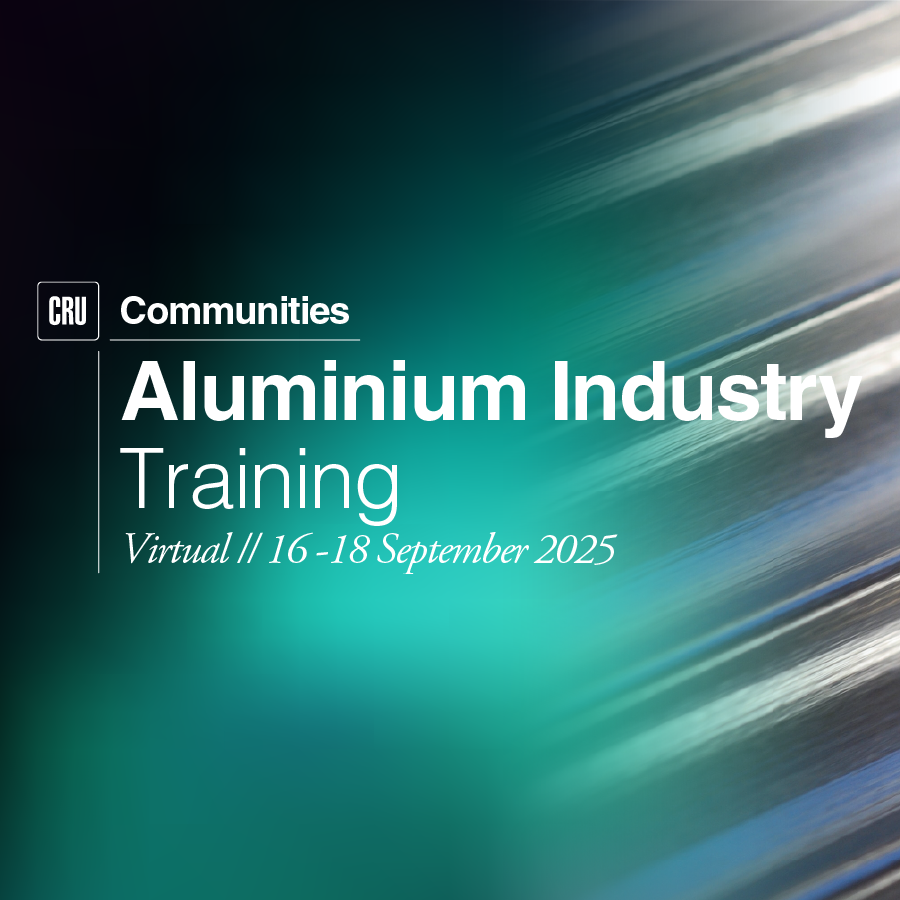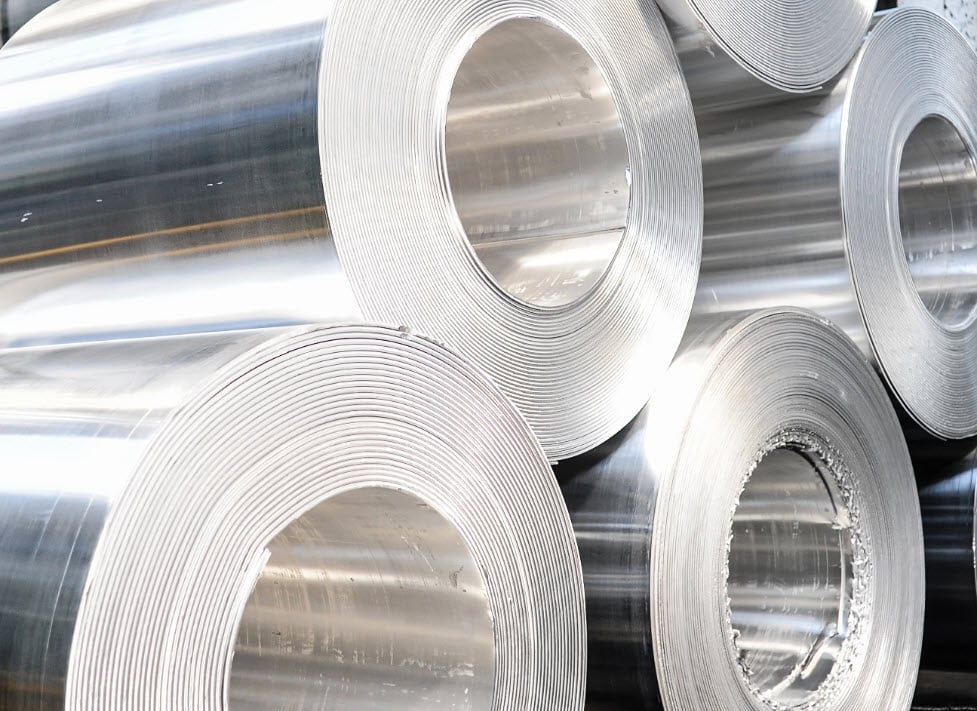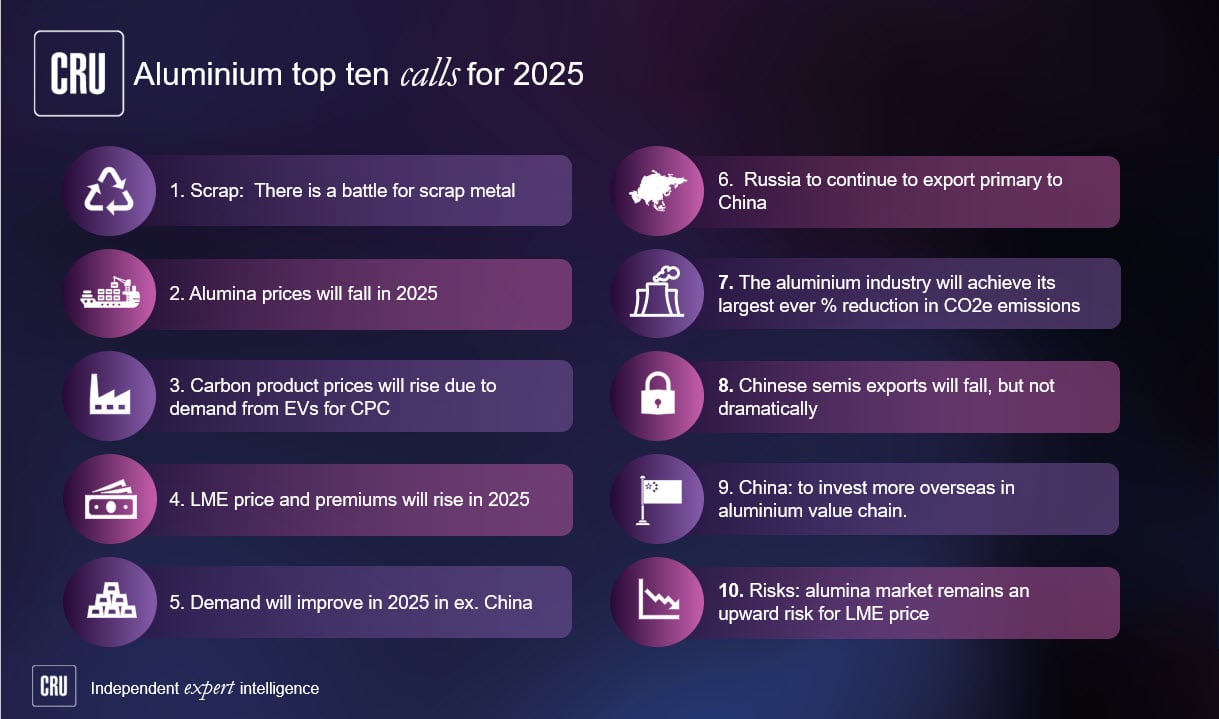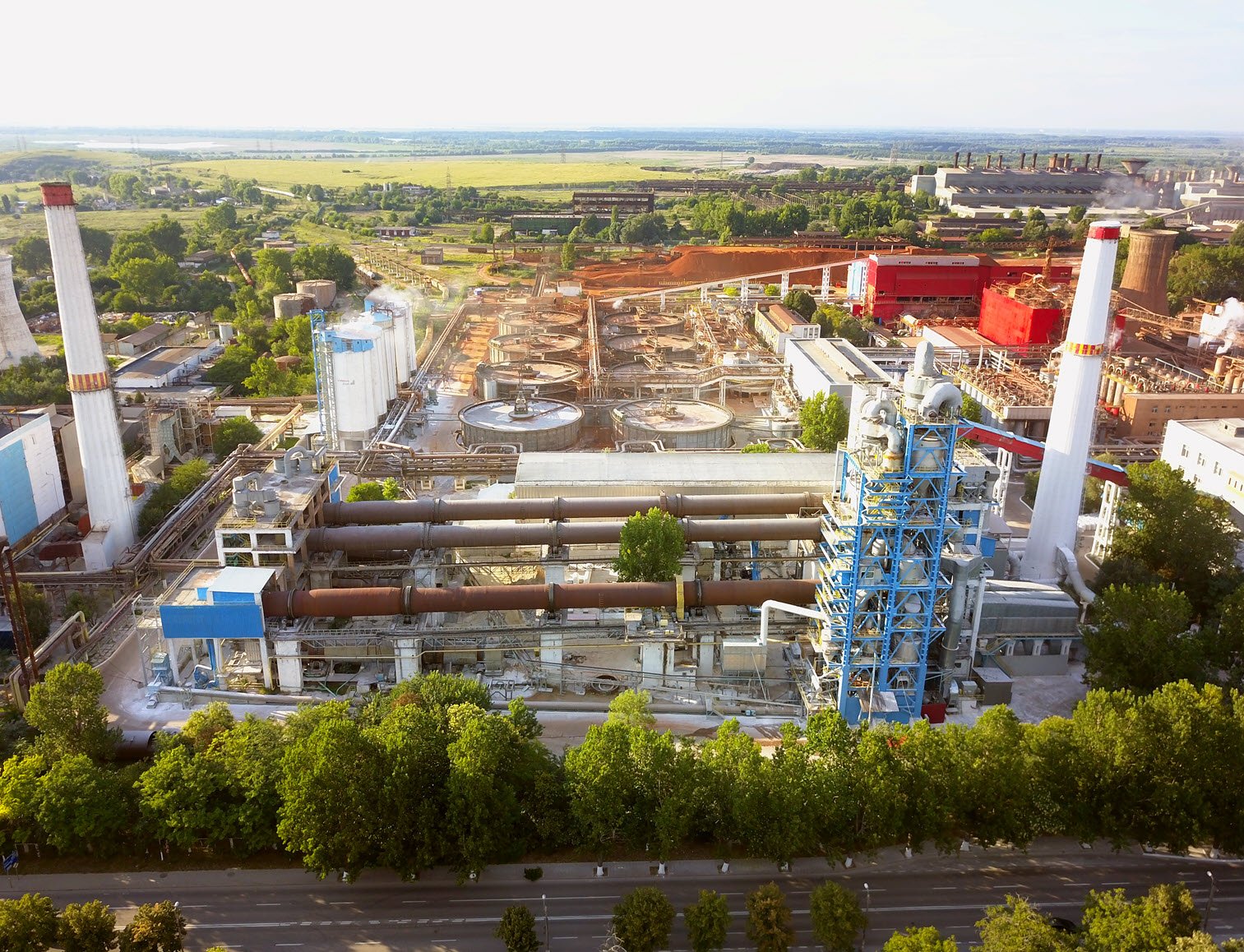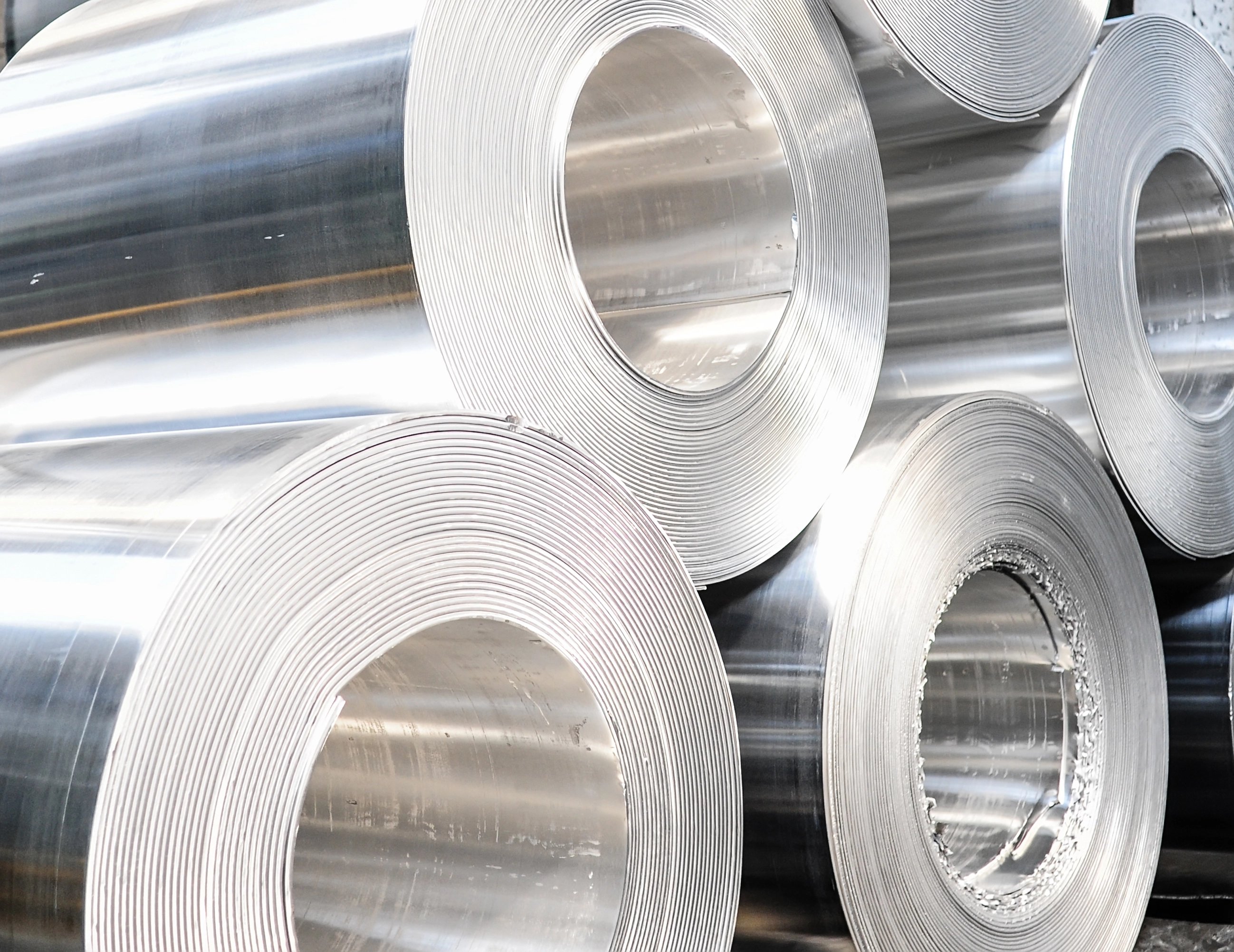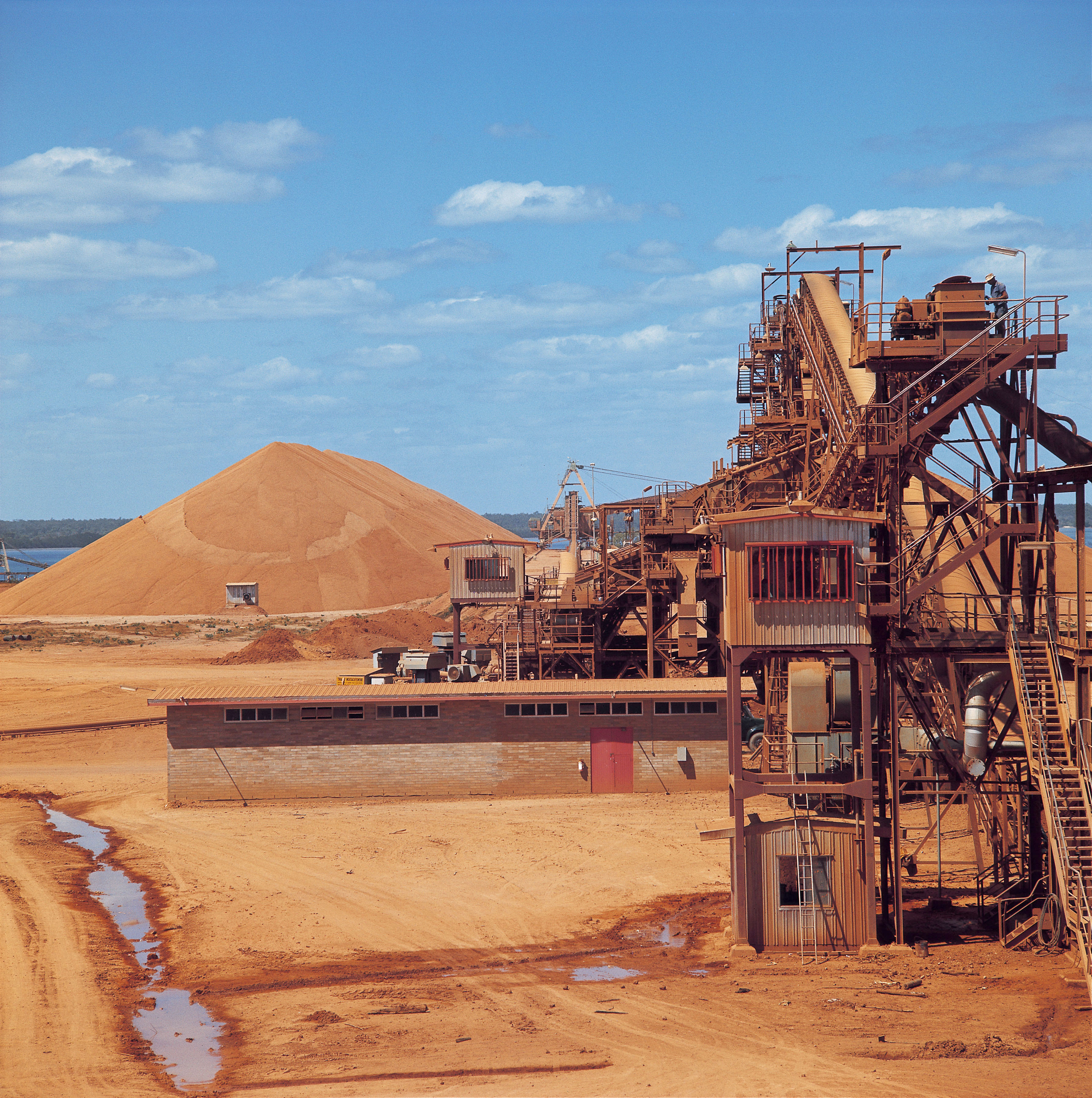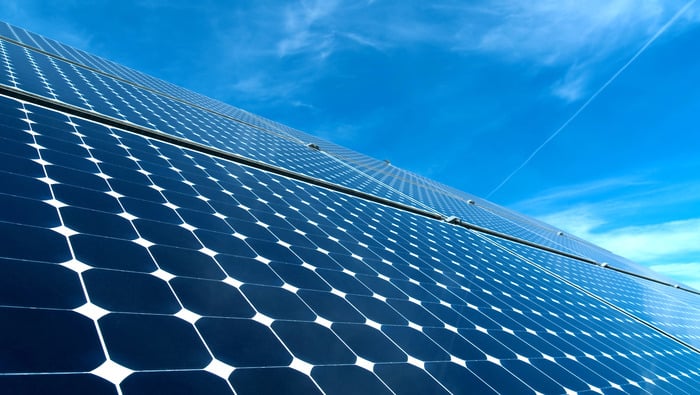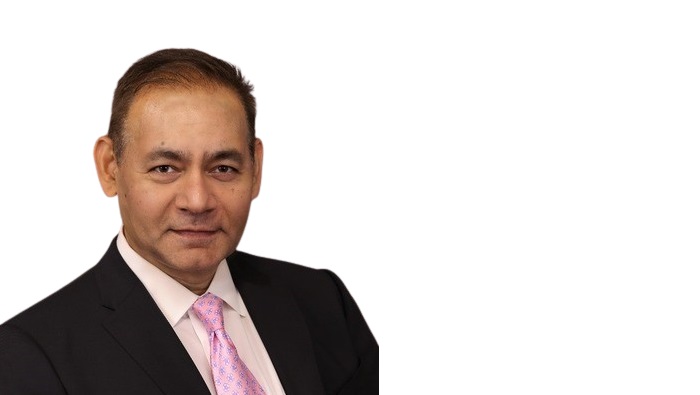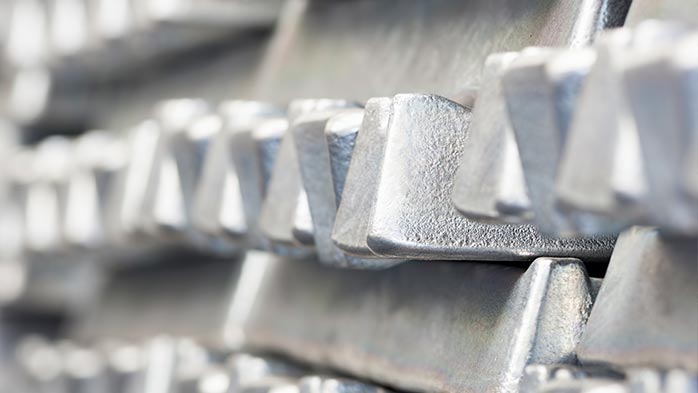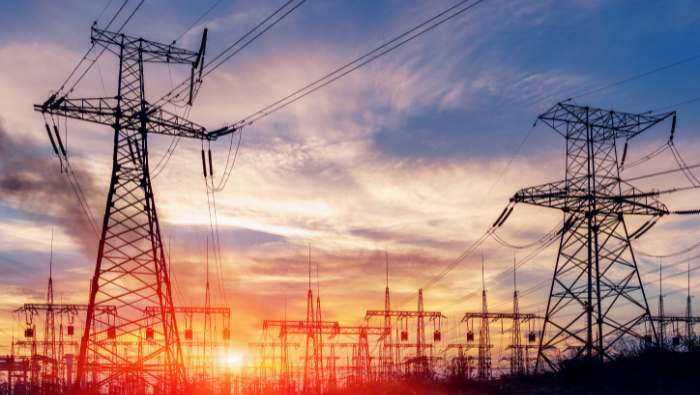As value-added product (VAP) output at primary aluminium casthouses is on the rise, it remains complicated to understand where to find the best profits considering the capital spend.
CRU’s unique Aluminium Casthouse Cost Service unravels the underlying expenses of VAP production and pitches it against the premiums that each product stands to earn. Aluminium wire rod profits are expected to be the most attractive next year on the back of healthy demand from national grids, telecoms and electric vehicles. Here, we analyse who holds the strongest cost position to capitalize on these healthy margins.
The chase for better value-added profits
While CRU has provided VAP premiums since 2013 via its Aluminium Casthouse Shapes Market Outlook, 2018 was the first year that a detailed Aluminium Casthouse Costs Service was offered. This is the only product of its kind on the market that delivers product-by-product analysis of costs of production, from raw materials through delivery of metal and corporate overheads. This year, the model includes 219 primary casthouses for ingot, billet, primary foundry alloys (PFA), slab and wire rod, from years 2010 to 2029, and a more in-depth regional data on alloying metal and scrap prices.
As demand for aluminium products has increased outside of China by 45% in the last decade, we have also seen VAP’s share grow by 8% for the same period. The next five years alone will add a further 4.1 Mt in value-added production, a 5.2% increase in proportion of global primary casthouse output. The largest developments will come from operators in Asia (ex. China), the Middle East, Russia and the rest of the CIS. The trend is clear that producers will continue to chase better profits by moving up the value chain, but where to focus on is a more complicated question.
When capital costs for casthouse capacity often exceed $300 per tonne, producers need a strong understanding of their competitive position. This requires an evaluation of the incremental cost and potential earnings in both domestic and foreign markets across an array of VAPs. CRU’s casthouse service enables this by assessing the additional cost of producing a VAP over the cost of ingot, against the premium upcharge available for any asset, country, region or owner. The result is a margin that represents earnings, or net income, that could be made if a producer chooses to move into that market.
Wire rod’s bright future
Extrusion billet may have seen the healthiest margins last year due to market turmoil for UC Rusal and at the Becancour smelter, as seen in the charts below. Next year, though, wire rod profits are expected to surge in North America and provide the best VAP returns in European markets, too. Copper is facing substitution by its lighter and cheaper counterpart in wire rod, aluminium. Governments in Asia and the Middle East are increasingly choosing the lighter metal for their national electricity grids, which is the largest opportunity in tonnage terms.
Demand is also growing in electric vehicles due to interest in lightweighting, as well as in telecoms with the added benefit of cost saving. The growth of renewable energy is another important driver of demand in the future as it increases the need for connectivity, especially in wind farms. Rod may be one of the least produced shapes, with only 2.6 Mt produced globally last year, but its future is certainly looking rosy.
Who stands to gain from robust wire demand?
Asian production will expand the quickest in this sector over the next five years, and there’s a very good business case for that. These assets convert liquid metal to wire rod highly competitively due to a combination of low wage rates and inexpensive sources of alloying metals. Labour and alloy costs to casthouses comprise, on average, two-thirds of rod conversion costs globally, so having an advantage here places these players in very good market position.
Other major international market players have lower costs in these categories, but they also incur heavy realisation costs. Many of these casthouses rack up large marketing and metal delivery bills due to the distance of their casthouses to the point of sale. The question is also one of available capacity, however, with some Asian producers planning to double rod production by 2024. A strategic move that is not expected from their global competitors.
This is not an easy market to gain share of, though. Rod’s relatively limited consumption means that prices have reacted quickly in the past to increased sales volumes, leaving producers empty-handed for their efforts. Market players may hesitate to act if they have been burnt in the past. On the buyer’s side, too, wire breakages in processing are a costly affair making them hard to convince when it comes to bringing in new, possibly unreliable, sources of supplies. The opportunity is certainly forming in the wire rod sector, but it will take some careful decision-making and fancy footwork to take a stake in it.




